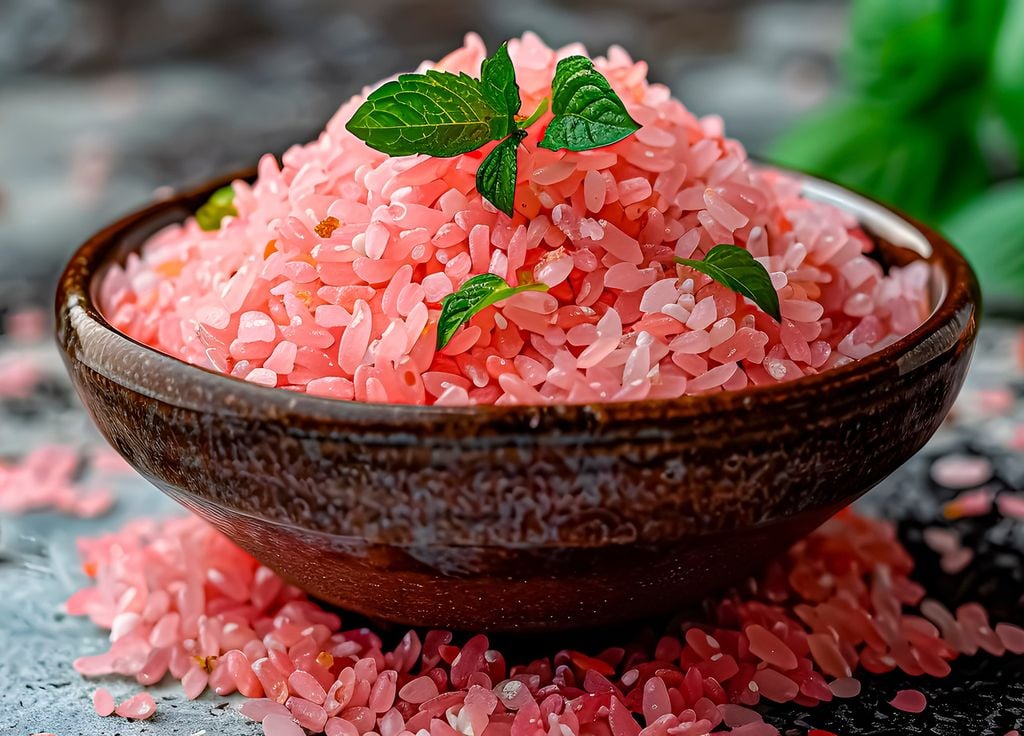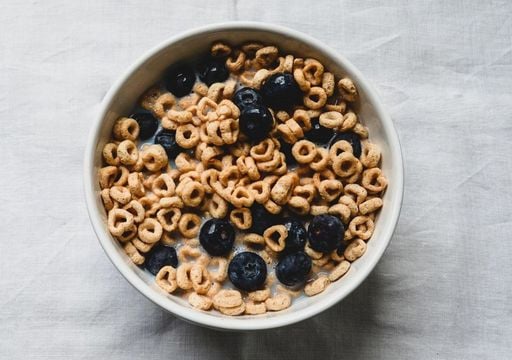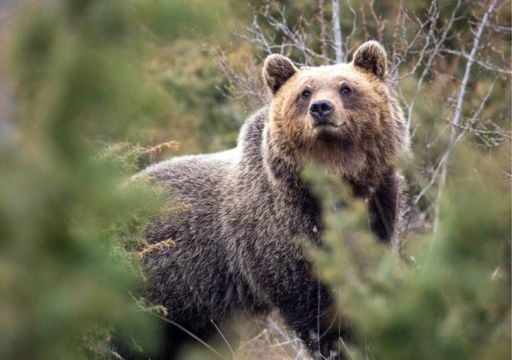What is this “perfect food” that could eradicate world hunger and Global Warming?
Cellular nutrition has many surprises in store for us: thanks to this innovative method, South Korean researchers have created a “perfect food”. What are its properties? Why is it so promising for our planet?

Researchers from Yonsei University in Seoul, South Korea, have just presented a real miracle food, as our colleagues at France Info report to us. A hybrid of rice and beef, developed in the laboratory, it arouses the curiosity of the whole world by its (supposed) ability to solve the problem of hunger but also of global warming. Sequence explanations.
More nutritious than normal rice
How was this "perfect food" created? The researchers first treated rice in the laboratory with fish gelatin and enzymes, to create a favourable ground for cell growth. Then, the rice grains were slightly infused with beef cells (muscle and fat cells) so that they infiltrated the rice and then multiplied there.
Korean scientists grow beef inside of rice and here it is
— GO GREEN (@ECOWARRIORSS) February 23, 2024
The hybrid could cheaply boost protein consumption and end our reliance on livestock.https://t.co/efUFGJw2dO pic.twitter.com/p7TOFHo21U
The rice obtained is thus very protein and becomes safe to eat after ten days. It looks like classic rice, but more opaque, more rounded (like risotto rice) with a pink color and a slight taste of grilled beef. Thanks to this principle of cellular feeding, "perfect rice" could serve as a complete food base for populations in need of protein.
This food has much more interesting nutritional qualities than conventional rice: it is 7% more fat, 8% more protein, and is also made up of animal proteins containing the amino acids necessary for a healthy diet. It could therefore quite feed regions where animal husbandry is complicated or even impossible.
Many opportunities
To the nutritional capacities is also added a significant advantage for the planet, hence its qualification as a "perfect food": this hybrid rice is certainly made from beef cells, but without killing animals. Its generalisation would therefore reduce the size of cattle farms and reduce greenhouse gas emissions (methane but also CO2, indirectly).
Alimentation cellulaire : des chercheurs sud-coréens conçoivent un riz hybride riche en protéines de bœufhttps://t.co/e7wwyJSk5r
— franceinfo (@franceinfo) May 7, 2024
This food rich in protein and low in carbon balance could therefore actively participate in the fight against global warming. However, it still needs to be improved to be fully effective: it currently contains only 1% beef, compared to 99% rice. The researchers are trying to boost its meat absorption capacity.
Finally, many opportunities are already mentioned for this new hybrid cereal created from scratch by Man. Certainly mobilisable in the event of a famine in a region of the world, it could also be used as a military ration or as a food for astronauts sent to space... Bon appétit, of course!








